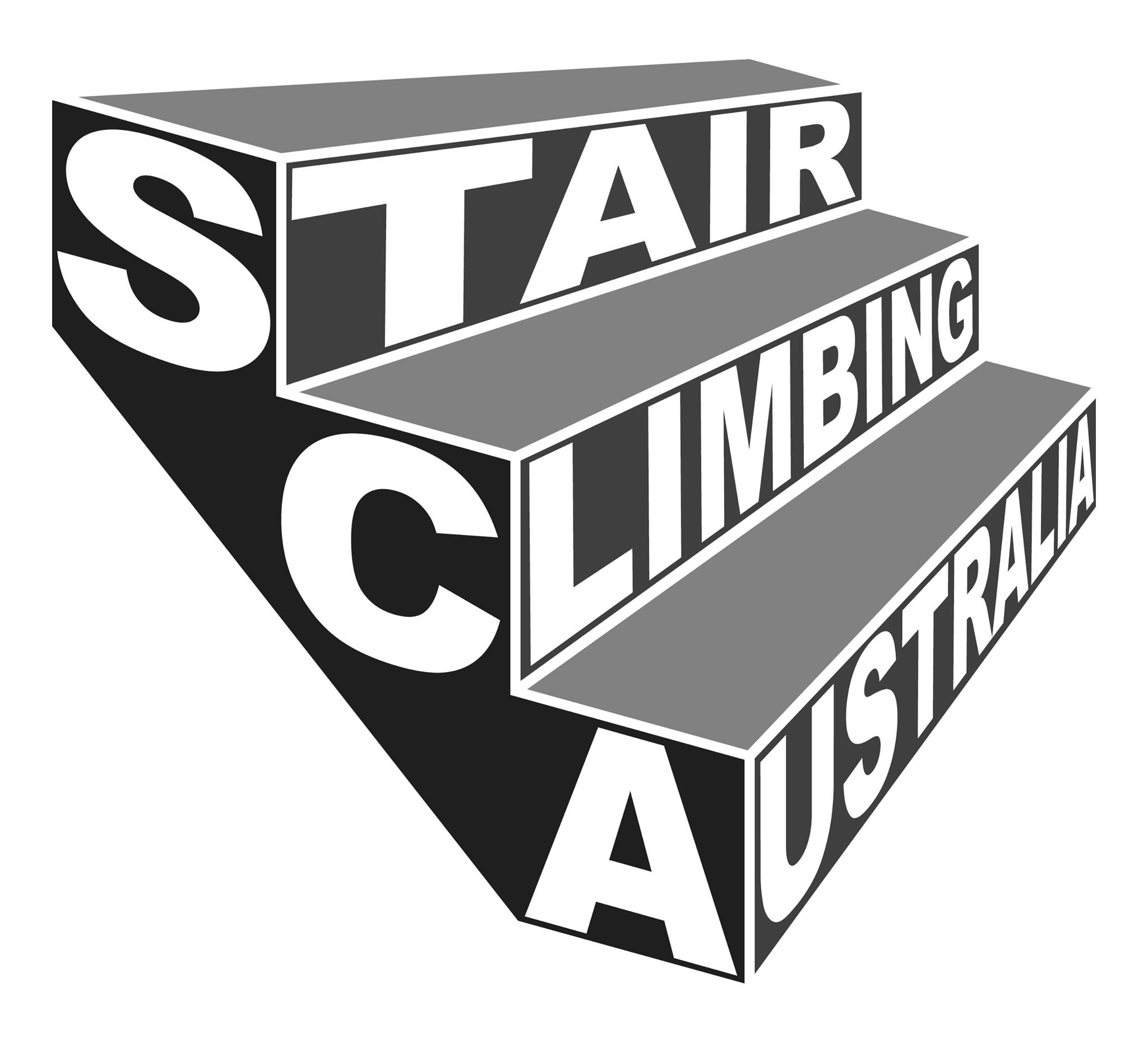Stair workout 50+ stairs
Stair Climbing workout for 50+ stairs
A stair climbing workout using 50+ stairs can be an effective way to improve cardiovascular fitness, strengthen your lower body muscles, and burn calories. Here's a sample stair climbing workout routine you can follow:
Warm-up:
Before starting your stair climbing workout, spend 5-10 minutes warming up. You can do light jogging, jumping jacks, or dynamic stretching to prepare your muscles and joints.
Main Workout:
Single-Step Climb:
Climb up the stairs at a comfortable pace, taking one step at a time.
Once you reach the top, walk or jog down the stairs to recover.
Repeat this for 5-10 rounds, depending on your fitness level.
Two-Step Climb:
Climb up the stairs, taking two steps at a time. This is more challenging and will engage your muscles differently.
Walk or jog down to recover.
Do 5-10 rounds of two-step climbs.
Interval Training:
Perform high-intensity intervals to increase your heart rate and boost calorie burning.
Climb the stairs as fast as you can for 30 seconds, taking one or two steps at a time.
Walk or jog down to recover for 30 seconds.
Repeat this high-intensity interval for 5-10 rounds.
Lateral Step-Ups:
Stand next to the stairs, facing sideways.
Step up onto the first stair with your right foot, then bring your left foot up.
Step down with your right foot, followed by your left.
Do 10-15 repetitions on each side for 2-3 sets.
Cool Down:
After completing your workout, take 5-10 minutes to cool down and stretch your lower body muscles, including your calves, quads, hamstrings, and glutes.
Tips:
Maintain good posture while climbing to protect your back and knees.
Use the handrail for balance if necessary, especially during the two-step climbs or high-intensity intervals.
Start with a workout that matches your current fitness level, and gradually increase the intensity and duration as you progress.
Stay hydrated throughout the workout, especially if it's hot outside.
Listen to your body and stop if you experience pain or discomfort.
Remember to consult with a healthcare professional before starting any new exercise routine, especially if you have any underlying medical conditions or concerns about your fitness level.

